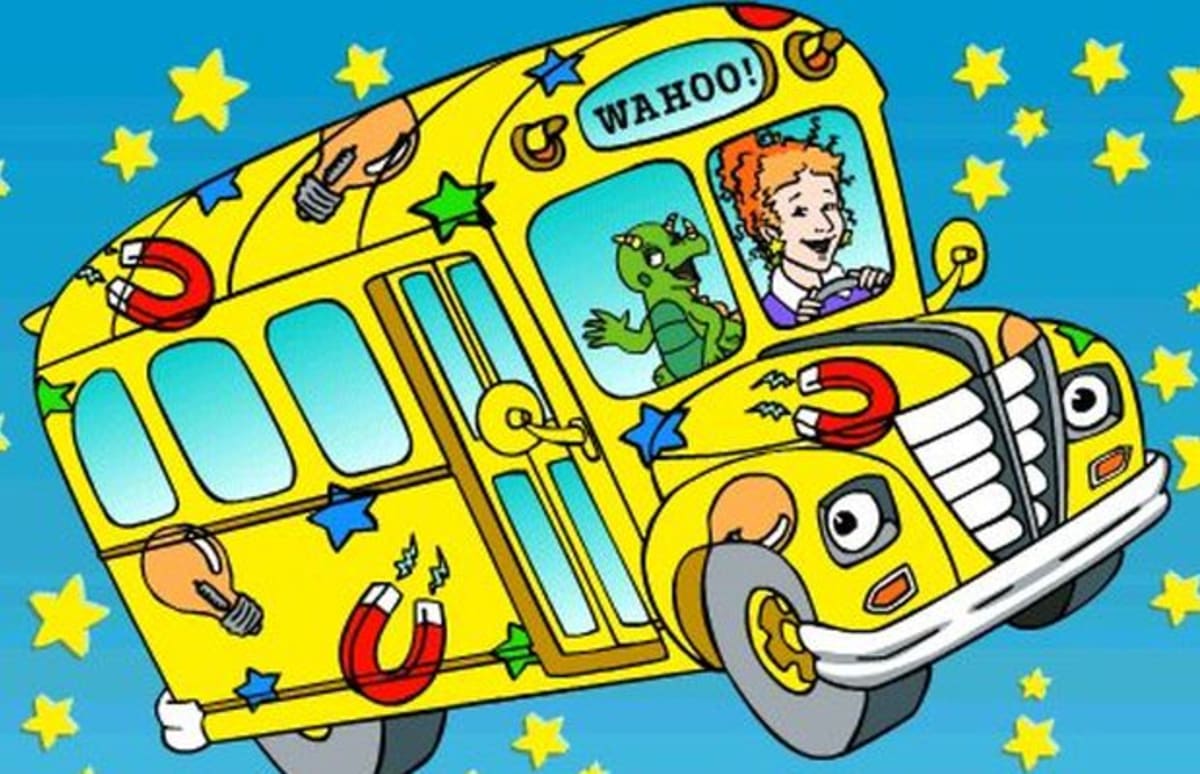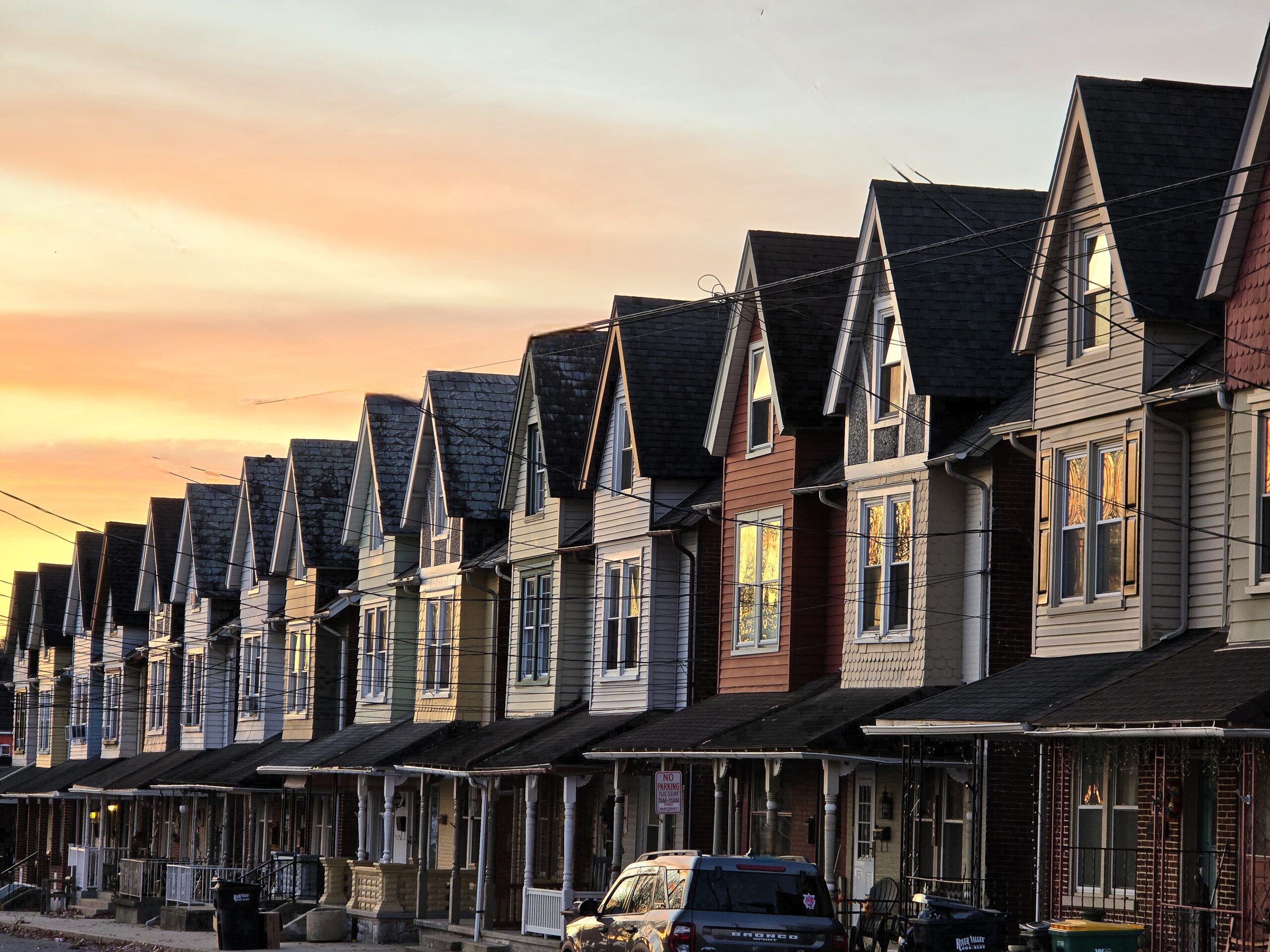Columbia Borough School District Should look at Transportation Options, Let’s look to Lancaster for Inspiration
Columbia, PA — Columbia Borough School District (CBSD) has long been designated a walking school district, meaning it does not provide bus transportation for its general student population. Students are expected to walk or bike to school, with transportation only offered to those with special needs through individualized education plans (IEPs).
A Walking District by Design
District officials emphasize that Columbia’s compact geography makes walking feasible for most families. Safety reminders — such as using crosswalks and walking in groups — are regularly shared with parents. Still, concerns about student safety, weather conditions, and accessibility continue to spark debate in the community.
Current Transportation Arrangements
In 2024, CBSD entered into a two‑year agreement with Durham School Services to provide transportation for approximately 100 special needs students. The contract includes 14 routes equipped with GPS tracking and fleet cameras, ensuring accountability and safety for those who qualify.
Lancaster’s Example: RRTA at McCaskey
While Columbia remains a walking district, nearby Lancaster School District has taken a different approach. The Red Rose Transit Authority (RRTA) recently expanded service to include a direct stop at J.P. McCaskey High School, giving students reliable access to public transit. RRTA also offers discounted student passes, making transportation affordable for families.
This partnership has been praised for improving student safety and accessibility, while also strengthening ties between the school district and the county’s transit authority.
Could Columbia Coordinate Too?
Community chatter has surfaced about whether Columbia could explore a similar arrangement with RRTA. Extending service into Columbia would require coordination between RRTA, the South Central Transit Authority (SCTA), and the school district, along with new funding commitments.
Supporters argue that such a partnership could modernize Columbia’s transportation approach and ease concerns about walking in unsafe conditions. Skeptics counter that Columbia’s compact size makes walking practical, and that shifting away from its walking district designation would be costly.
Looking Ahead
For now, Columbia remains a walking district, with Durham handling specialized routes. But as Lancaster’s example shows, creative partnerships with RRTA are possible. Whether Columbia chooses to follow suit may depend on how strongly families and officials push for change — and whether the borough and district can work together to make it happen.











